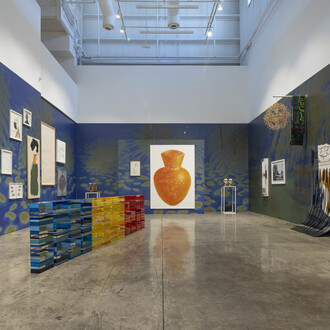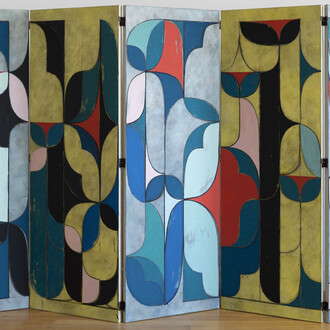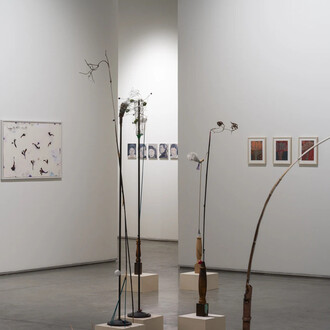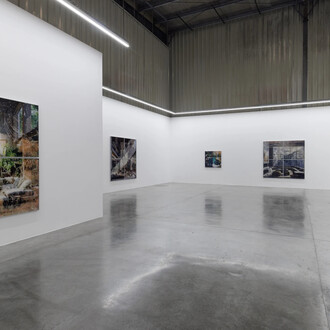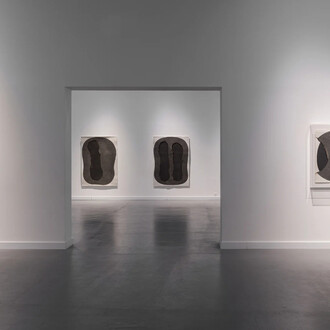Ayyam Gallery Dubai (11 Alserkal Avenue) is pleased to announce Our Night is Long, a collective exhibition exploring how painters and photographers are recording the ongoing conflicts that have distraught the Middle East and North Africa.
The title of the exhibition is adapted from Iraq’s Night is Long, a poem by Palestinian poet Mahmoud Darwish that mourns the country’s destruction. Highlighting works by Sadik Kwaish Alfraji, Sama Alshaibi, Thaier Helal, Rula Halawani, Fathallah Zamroud, and Tammam Azzam, Our Night is Long reveals some of the many ways artists have addressed the overlapping calamities that are currently afflicting the region.
Although working in different media and with distinct approaches, Sadik Kwaish Alfraji and Sama Alshaibi use the body to describe the impact displacement and exile, particularly the sense of fragmentation and defeat. For Alfraji, the image of a stylised suspended figure, as seen in his 2013 mixed media Cocoon 1 and Cocoon 2 paintings, represents an existential crisis: a ‘moment of self-awareness’ as we face ‘the collapse of our delusions’ of freedom and safety. Approaching the body as absorbing the magnitude of such disasters, the atmospheric photographs of Alshaibi’s Silsila series initially describe the demise of eco-systems but eventually arrive at the process of rebirth. Thaier Helal’s mixed media painting Mountain (2014) also suggests the possibility of renewal despite the alarming sight of devastated landscapes, as nature appears to transform a site of ruin.
With a focus on formal experimentation, Rula Halawani, Fathallah Zamroud, and Tammam Azzam detail the widespread destruction of communities and their surrounding environments that has come with the Israeli occupation of Palestine and the Syrian conflict, respectively. As evident in the three bodies of work by Halawani that are represented in the exhibition, a central aim of the Jerusalem-based photographer is to document the unlawful, and often cruel, annexation of Palestine under Israel’s official and militarised policies. Correspondingly, Zamroud and Azzam use the affective language of expressionist painting, which allows for the passage of time to be detailed in riotous brushwork as nightmarish chaos unfolds.










